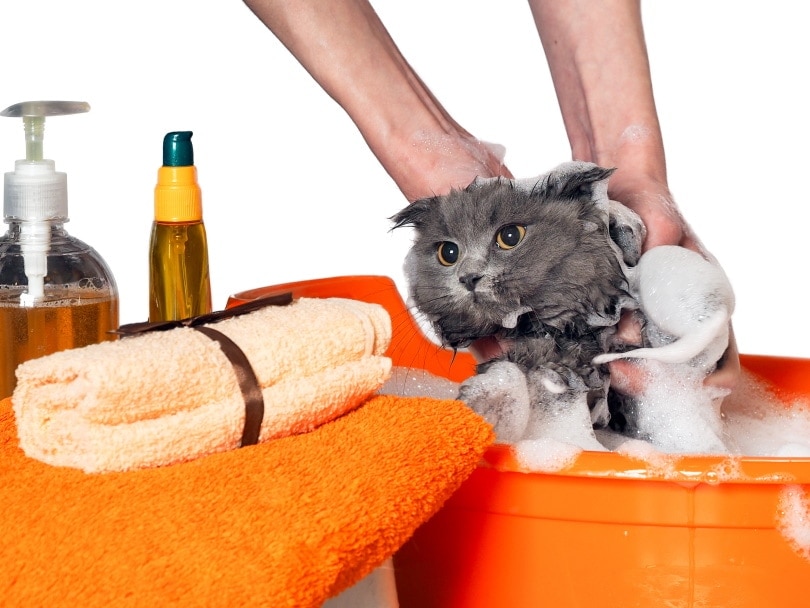Is Pet Insurance Worth It for Dogs or Cats? Benefits Explained
Updated on
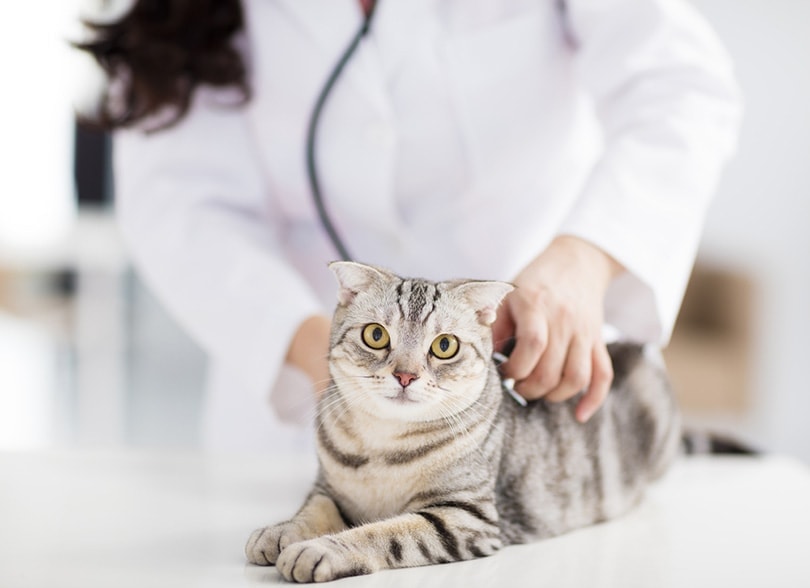
Many people view their pets as members of the family. It’s no wonder they would consider insurance for the canine and feline companions. The fact remains that 114.3 million American households have either a dog or cat—or both. Yet, according to the North American Pet Health Insurance Association (NAPHIA), only 3.45 million are insured.
You may question whether it’s a worthwhile expense. After all, the average monthly cost to insure a dog is $48.78 or over $585. Cats come in cheaper at $20.99 a month or over $251 a year. Like everything else, the cost has continued to rise to the tune of 23.4% a year in the last five years. Bear in mind that this observation undoubtedly applies to veterinary expenses, too.
According to the American Pet Products Association, average annual costs add up to $700 and $379 for dogs and cats, respectively. At first glance, pet insurance would appear to be a wise choice. However, let’s break down the facts to help you make an informed decision.
Types of Insurance
Pet insurance differs from our plans because of the different care aspects reflected in how individuals view their cats and dogs. Some consider them working animals, whether catching mice or retrieving game. Others truly love their pets but may balk at preventive medicine such as dental cleanings. Some owners go so far as to think of their companion animals as their children or the so-called fur babies.
Pet insurance typically comes in three primary types: accident-only, accident and illness, and wellness coverages. What’s included varies with which one you choose and the insurer. Currently, there are 20 NAPHIA-member providers. As you may have surmised already, even these seemingly well-defined categories still leave some room for interpretation. That’s why you must do your homework.
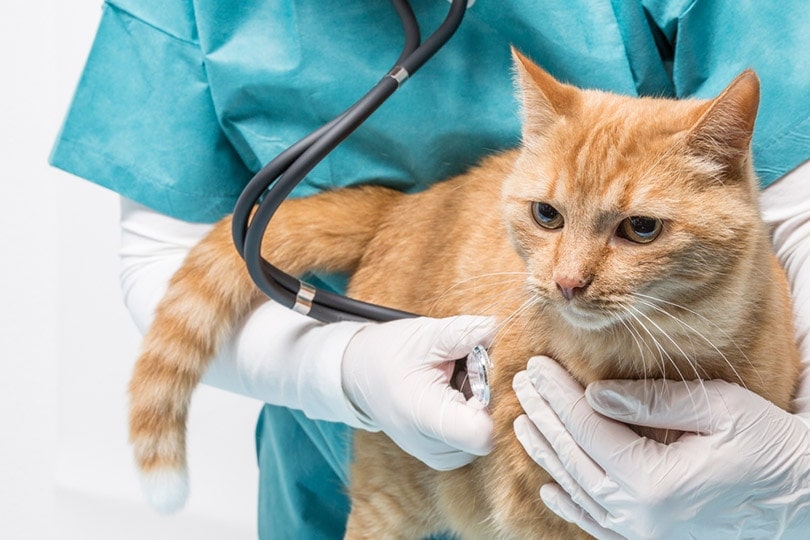
Things to Consider
Many companies are transparent about what they cover and exclude. We strongly urge you to begin there when deciding whether pet insurance is right for your pet. Think about your dog or cat’s disposition and behavior. A pup that chews anything it can find might be more prone to swallowing something, leading to bowel obstruction surgery.
An outdoor cat is more likely to get injured or killed than one that is kept strictly indoors. The former typically has a lifespan of up to 5 years, whereas the latter might live 15 or more years. Therefore, it’s imperative to read the fine print.
- Breed
- Pre-existing conditions
- Amount of coverage
- Customization
- Customer service
- Price
Let’s delve into each one and give you advice about what you should verify.
Breed
You might think that pet insurance is a one-size-fits-all proposition. Unfortunately, it’s not. Instead, the breed comes into play as a driving factor in the premium. For example, insuring a four-year-old Labrador Retriever will run about $509 a year. However, that’s in the range of $400 to over $869, depending on the breed. Accident and illness coverage for German Shepherds and Beagles is about $412.
The range for cats is $120 to $612 a year. The breed also affects the cost of coverage with these pets. For example, the premium for an Exotic Cat for accident and illness coverage is about $153. A simple DNA test can determine the lineage of your kitty or pup. Nevertheless, suffice to say that some breeds are more prone to specific conditions than others, which directly impacts your cost.
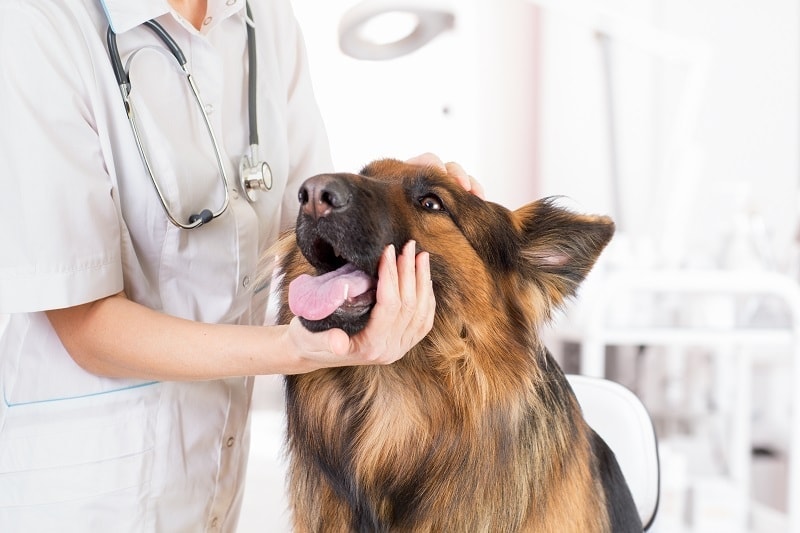
Pre-Existing Conditions
Pre-existing conditions are just as much of a stickler for pets as for people. For example, Nationwide will not cover these things for injury, medical, or major medical plans. However, that is not unusual and something you’ll likely encounter across the board. Most companies categorize these issues as curable and incurable. You may get coverage for the former but typically not the latter.
The other thing you should check into is bilateral exclusions. They are conditions that affect one side of a pet’s body but will likely affect the other with time. Classic examples are an anterior cruciate ligament (ACL) tear and hip dysplasia. Some insurers might not cover the second occurrence if it happened before you purchased coverage for your pet.
To make sure you are getting the best value and services for your money, we recommend you not to go for the first pet insurance company you find, but to make a thorough comparison between various options on the market. These are a few of the top-rated pet insurance companies that are worth checking out when making your choice:
Top Rated Pet Insurance Companies:
Amount of Coverage
The amount that an insurance company will pay by the incident is another item to research. Some insurers, such as Healthy Paws, have no caps on coverage, whereas Nationwide has annual deductibles. Trupanion specifies them by the condition. That makes knowing your pet’s lineage essential for comparing providers. Deductibles typically range from $100 to $1,000.
It’s also worth noting that insurers usually have a waiting period before coverage starts. It can be anywhere from 14 to 30 days, where most restrict the benefits you may receive. Unfortunately, it’s a necessary evil to prevent fraud.
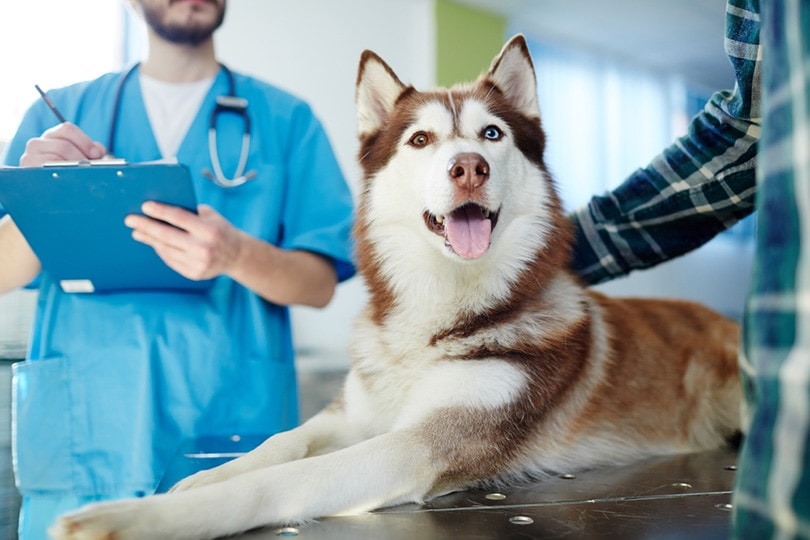
Customization
All pets are different, which makes being able to customize an insurance plan a benefit for some dog and cat owners. You’ll likely find that providers will either allow no other options or offer a few.
- Multiple-pet discounts
- Rehab costs
- Wellness coverage
- Behavioral therapy
- Online vet visits
- Exotic pets, if applicable
Unless you’re buying a wellness policy, you’ll have to pay for routine vet visits, preventive care, and vaccinations. The fact remains that pets don’t live long enough for insurers to collect enough on premiums to justify covering them. Annual exams are something you should do regardless of whether the insurance company requires them for coverage. Some do.
Customer Service
Customer service is often a deal-breaker issue with us that warrants investigation. We suggest starting with the company’s website and FAQ section. Understand what is included and excluded with each plan, paying particular attention to your obligations. We also recommend reading reviews and checking the insurer’s record with the Better Business Bureau (BBB).
Other things can make or break the claim submission, from slow processing fees to vague reasons for rejections. We suggest finding out about co-pays with incidences, tests, and prescriptions. Most companies offer money-back guarantees, which we always like to see in a business no matter what they are selling. Be sure to check when customer service is available, too.

Price
It all comes down to price. As you’ve seen, premiums often are less than what you may pay each year for vet care. It’s the unexpected things that usually cost the most, such as a chronic disease or accident. Pet insurance is worth it if it covers one of these incidents. For example, ACL surgery can run anywhere from $3,500 to $5,000, not including supportive care or treatment for complications.
Final Thoughts
Deciding if pet insurance is worth it for dogs and cats boils down to your budget, your pet’s lifestyle, and the age of enrollment. Remember that the sooner you get them insurer, the more likely it will pay off in the long run. However, don’t let a pre-existing condition or their age stop you from at least doing some comparison shopping. Reimbursing you for one claim may be all it takes to justify the investment.
Featured Image Credit: Tom Wang, Shutterstock






